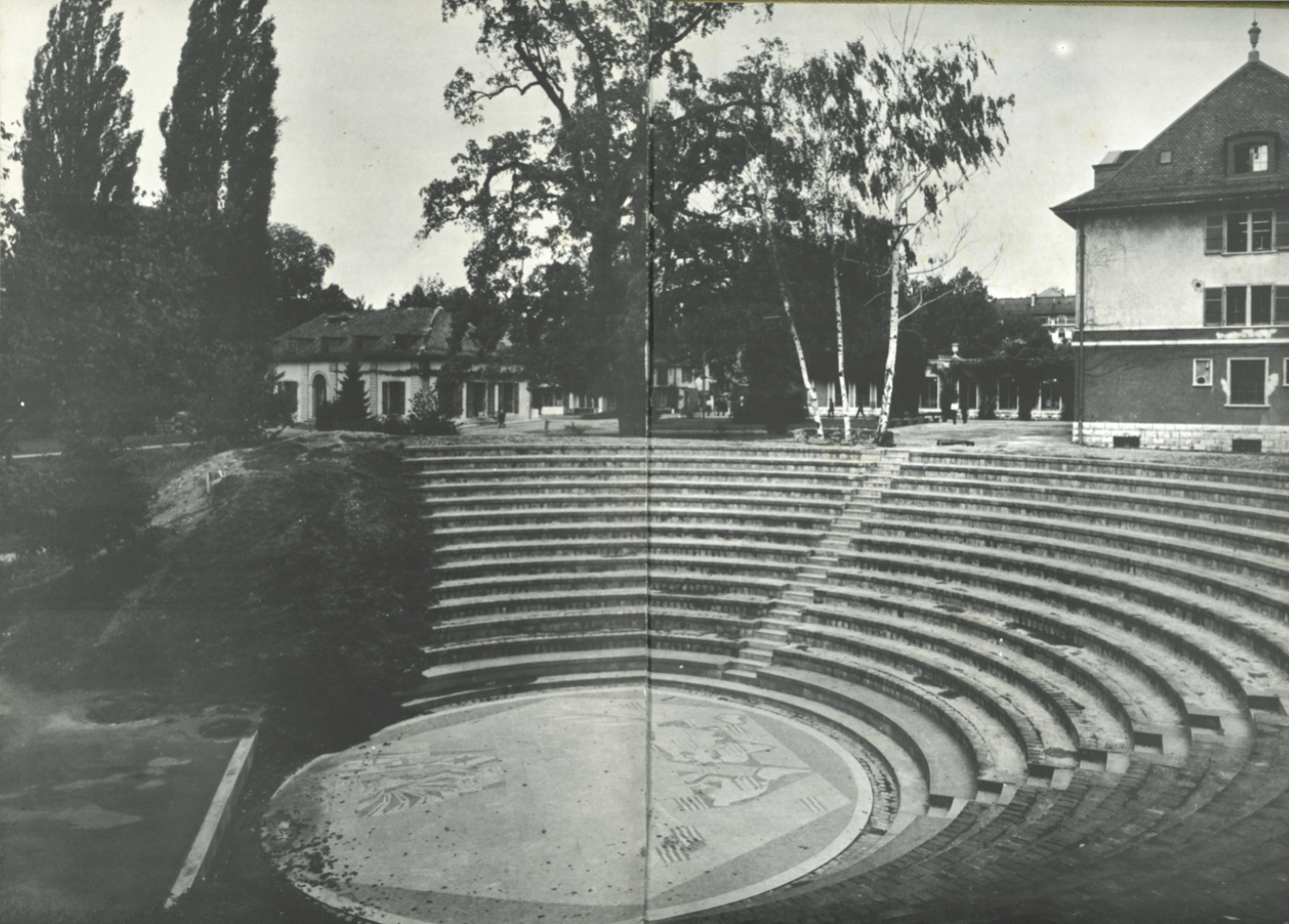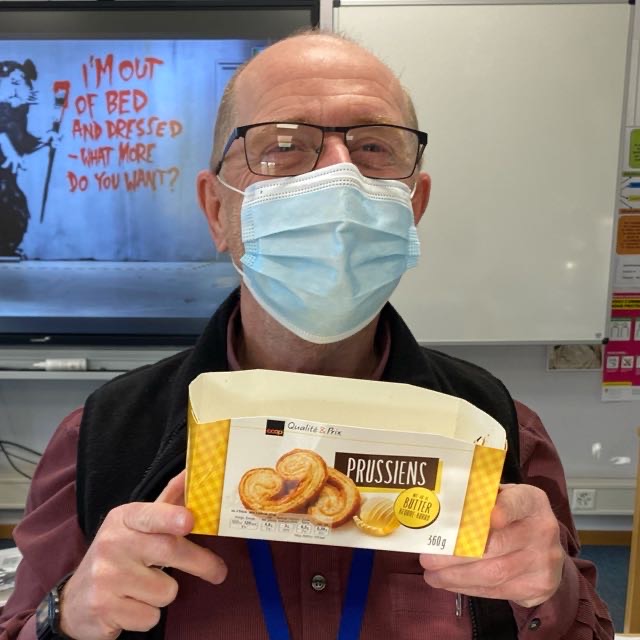By Chiara Turrettini, Year 11
Have you ever wondered how the school was before you came here? Well, luckily for you we have teachers that went to La Grande Boissière when they were younger. Mr Uygur (Maths department), Mr Phillips (Maths Department) and Mr Rodriguez (English Department) all went to the school as children. I asked them a few questions about how La Grande Boissière was like when they were students.

What changes have taken place at the school since they have gone here? Of course, the buildings have changed. During the 60s to the 70s, there was no Salève, no middle school, no primary school, no cafeteria and no gym. However, the Vielle Maison, Chateau and Grand Batiment were there. Since the Cafeteria did not yet exist, students would eat their lunch in the classroom where they had their lesson before lunch. The teachers would give them an A3 sheet of paper to put over the desk so they wouldn’t make a mess over the desk for the next lesson. Where the middle school basketball court now is, there stood a wooden barracks where Biology and Chemistry classes took place.
Another change was that there was an English side of the school and a French side of the school. The French side would stay in the Chateau, and the English side was in the Grand Batiment. Mr Phillips said that there would always be a “mutual feeling of suspicion between the French and English speaking programs.” These two speaking programs would only mix in lessons such as Physical Education, Theatre and Music. Nevertheless, this was then changed again in 1998 by the director-general and secondary school director who decided to integrate the two sides of the school.
Is there anything they think could’ve stayed that is no longer here? Each teacher had a very different answer to this question. Mr Uygur feels that the collaboration of teachers and the way that the schools worked was better before. He feels that teachers were much more involved in the school back in the 70s than they are now. An example of this is that there would be a Ski trip every Saturday for all the students once the first snow had fallen. This was organised by the teachers and parents and the school had very little to do with the organisation of this. Mr Phillips thinks that the football pitch should’ve continued to be real grass instead of installing fake grass. He believes that the football pitch is “much more perfect now, but it is not the real thing”. Lastly, Mr Rodriguez feels that a good improvement to the school would be to keep the boarding house. He feels that the boarding house “brought in a selection of very interesting students from all around the world who were sent in by their family not because they happened to live in Geneva, but because they believed in the values of the international school of Geneva, and some of our most interesting students were boarding school students”. The boarding house was closed down in 2001 for economic reasons.
Lastly, what was their favourite part of the school? These answers are very similar to what you may expect from a student that goes to La Grande Boissière today. To begin with, the variety of nationalities, religions and cultures adds a special effect to this school. Another favourite part of the school was the extraordinary teachers. Mr Rodriguez felt that certain teachers would teach so well that he would look forward to coming to those classes. An example of this was his history teacher, Robert J. Leach, who also contributed greatly in creating the IB. Mr Rodriguez said that Mr Leach would “put on an extraordinary performance in each class” and “he made history come to life”, which greatly affected his learning and attitude towards the school.
La Grande Boissière has changed a lot since the 60s, however, its values and most importantly, what it stands for has stayed the same; and will continue to do so when one day, we look back at our experience at the school.



